Researchers Find A Hole In The Pacific Ocean’s Depths
Scientists have found a spring one kilometer down the Pacific Ocean. Known as the Pythia’s Oasis, this leak is the first of its kind and isn’t a good sign for sea life, or anyone else.
From all indications, this leak is a warning sign of a massive earthquake. There are interesting reasons why scientists have come to this conclusion. Let’s look at them!
What Is an Ocean Leak?
The sea floor releases a constant stream of gas to the ocean, especially in areas close to shore. This gas is known as methane, and you can tell its release by the bubbles that rise from the bottom of the sea.
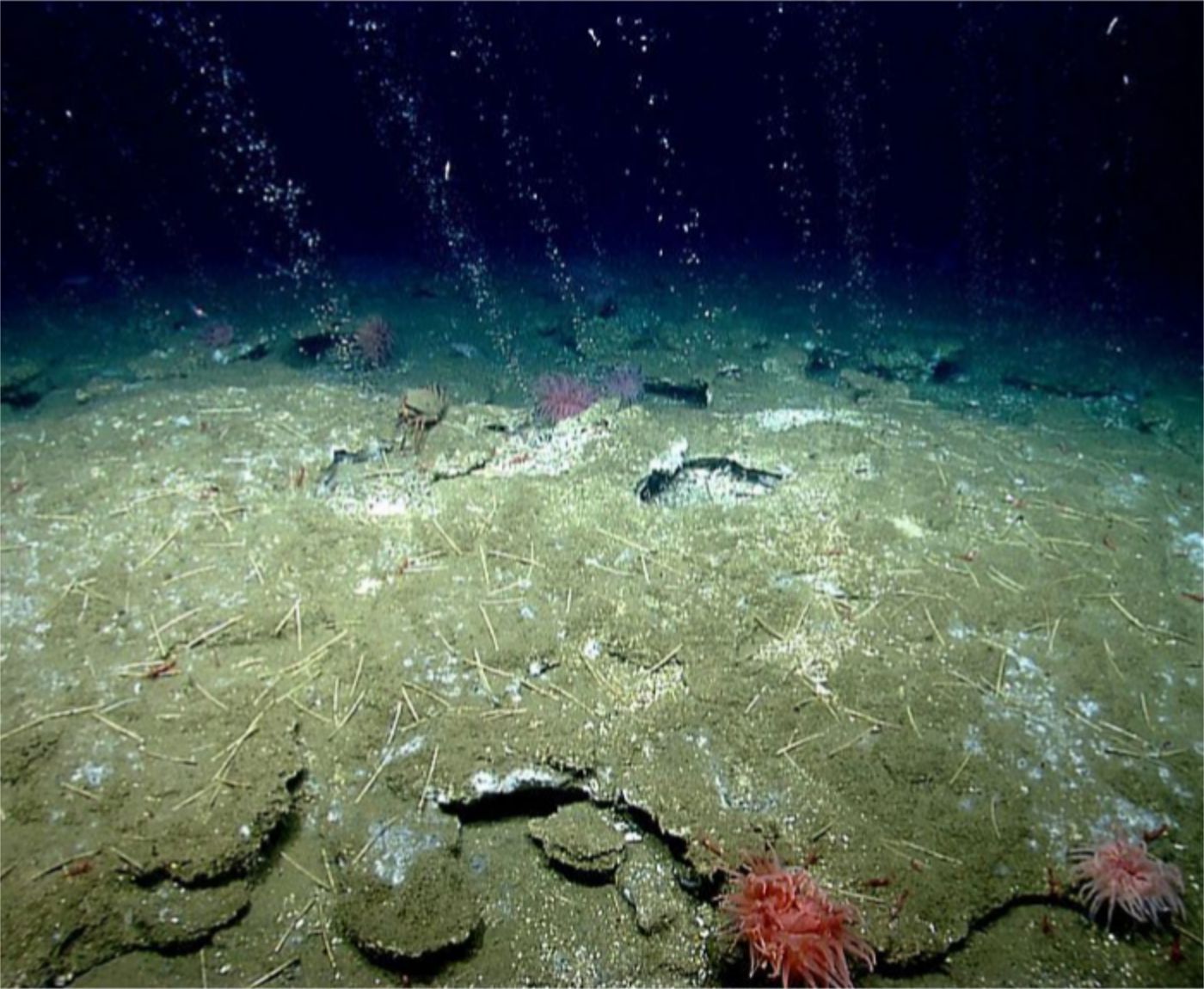
Source: Wikimedia Commons
When an unusually large amount of these bubbles rise from one spot, along with a liquid spring, that’s likely an ocean leak.
Pythia’s Oasis Was Discovered in 2015
Brendan Phillip, a graduate of the University of Washington, while studying the Pacific Ocean floor for methane bubbles, discovered this leak in 2015. The hole is near Newport, Oregon, and continuously releases some strange liquid 260 feet (80 meters) from the coast of Newport.
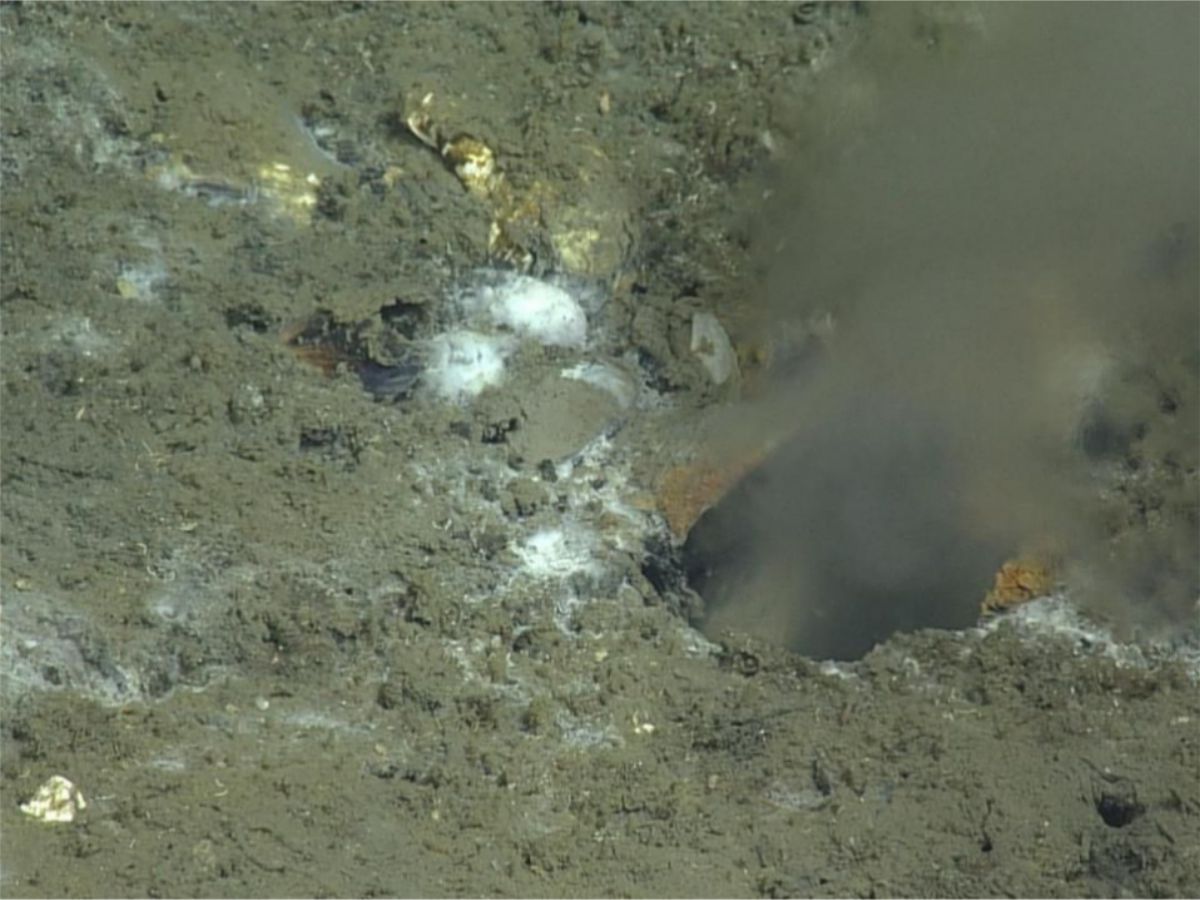
Source: ELTIEMPO/Twitter
Eyewitnesses say that water gushes from the site like a firehose. The water, which originates from about two miles above the seafloor, is 16 degrees warmer than the surrounding seawater.
The Leak is Connected to a Subduction Zone
The site of the leak is located in a region called the Cascadia Subduction Zone (CSZ). A subduction zone is an area where moving parts of the earth, called tectonic plates, collide.
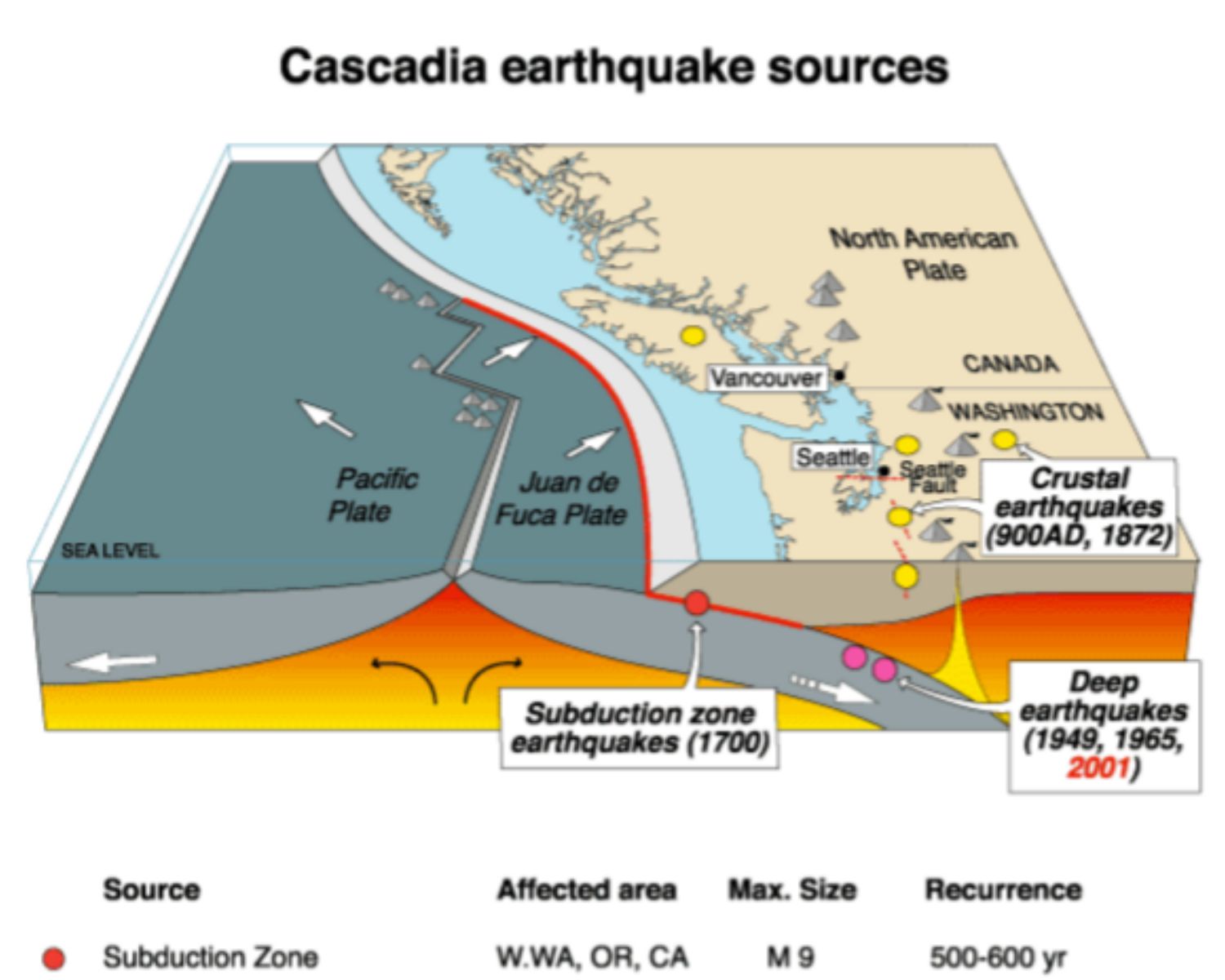
Source: Wikipedia
This collision results in the older tectonic plates caving or sliding under the younger ones until both plates lock. After some years, this lock breaks, resulting in some unpalatable consequences.
Wait... The Earth Moves?
Yes, it does. Scientists say that parts of the earth’s outermost layer called the lithosphere, have been moving slowly for more than three billion years. This is the movement that produces subduction zones.
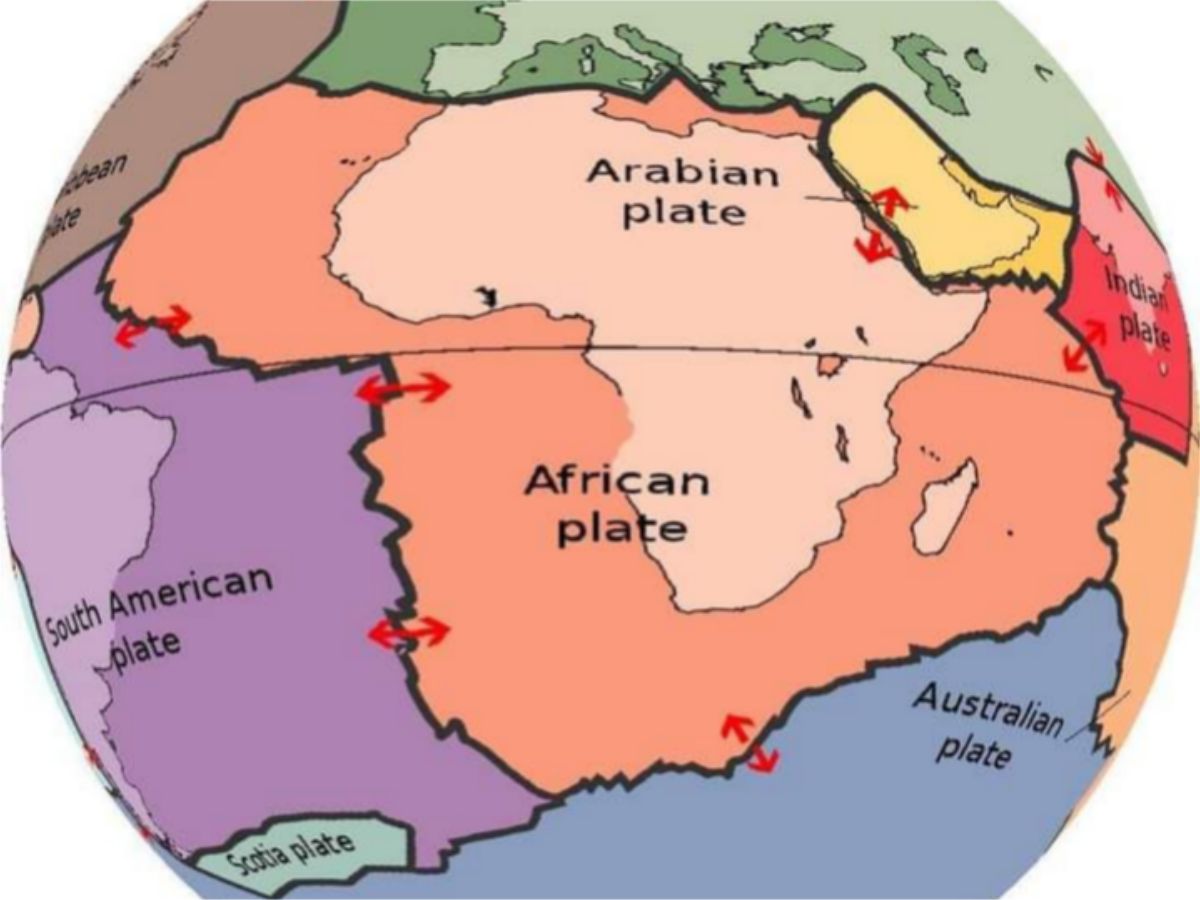
Source: Theory of Plate Tectonics/Facebook
When the locks in a subduction zone break, earthquakes, landslides, tsunamis, and volcanoes happen—little wonder these zones are a major concern.
What is Happening in the Cascadia Subduction Zone?
The Cascadia Subduction Zone (CSZ) stretches 600 miles from British Columbia to the north of California. It is also responsible for 43 earthquakes in the past 10,000 years.
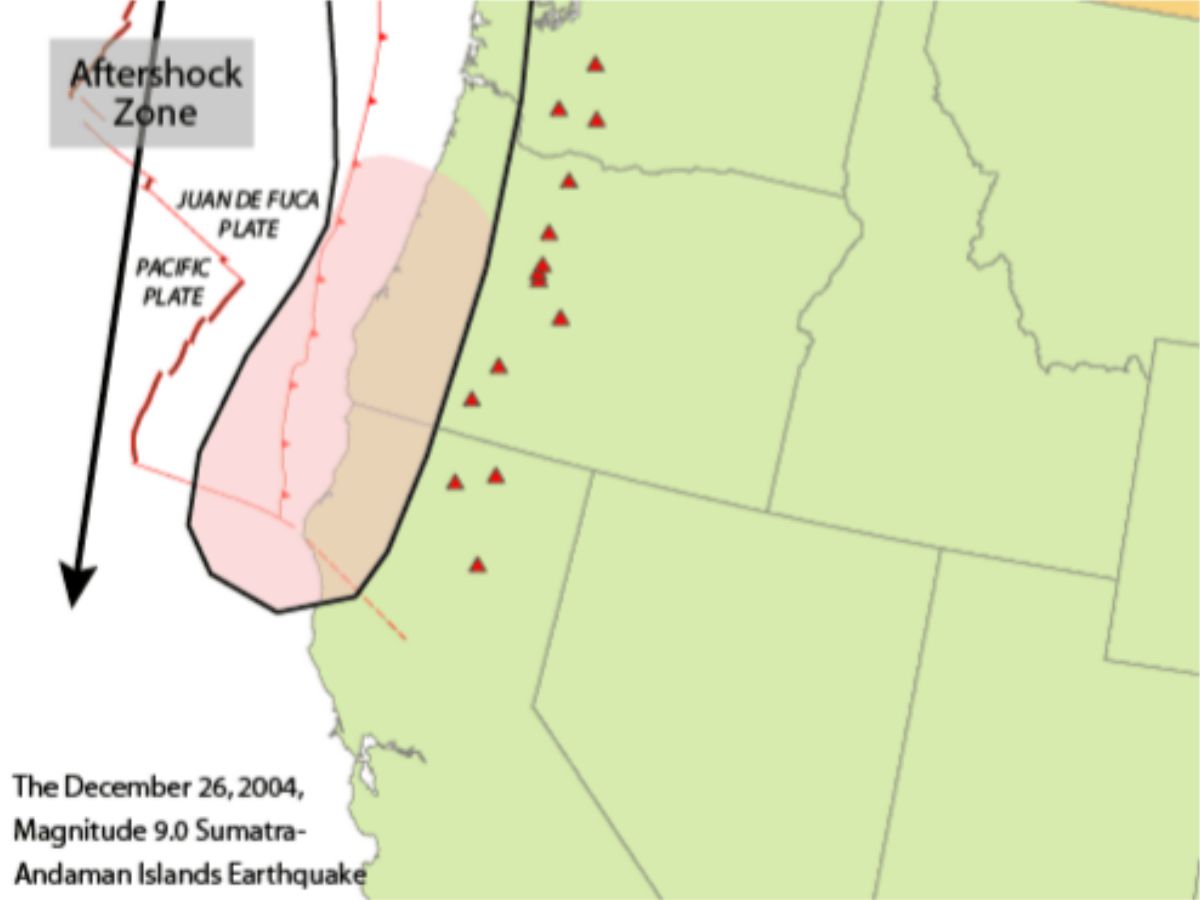
Source: Wikipedia
The last known earthquake that resulted from the CSZ happened on January 26, 1700. It was a high-magnitude (9.0) earthquake. This earthquake hit the coast of Japan.
Scientists Say Another Such Earthquake is Coming
A study has shown that the CSZ is about to produce another earthquake along the coasts of Oregon. As we’ve seen the CSZ is capable of earthquake magnitudes above 9.0. The leak at the bottom of the Pacific Ocean, they say, is a sign.
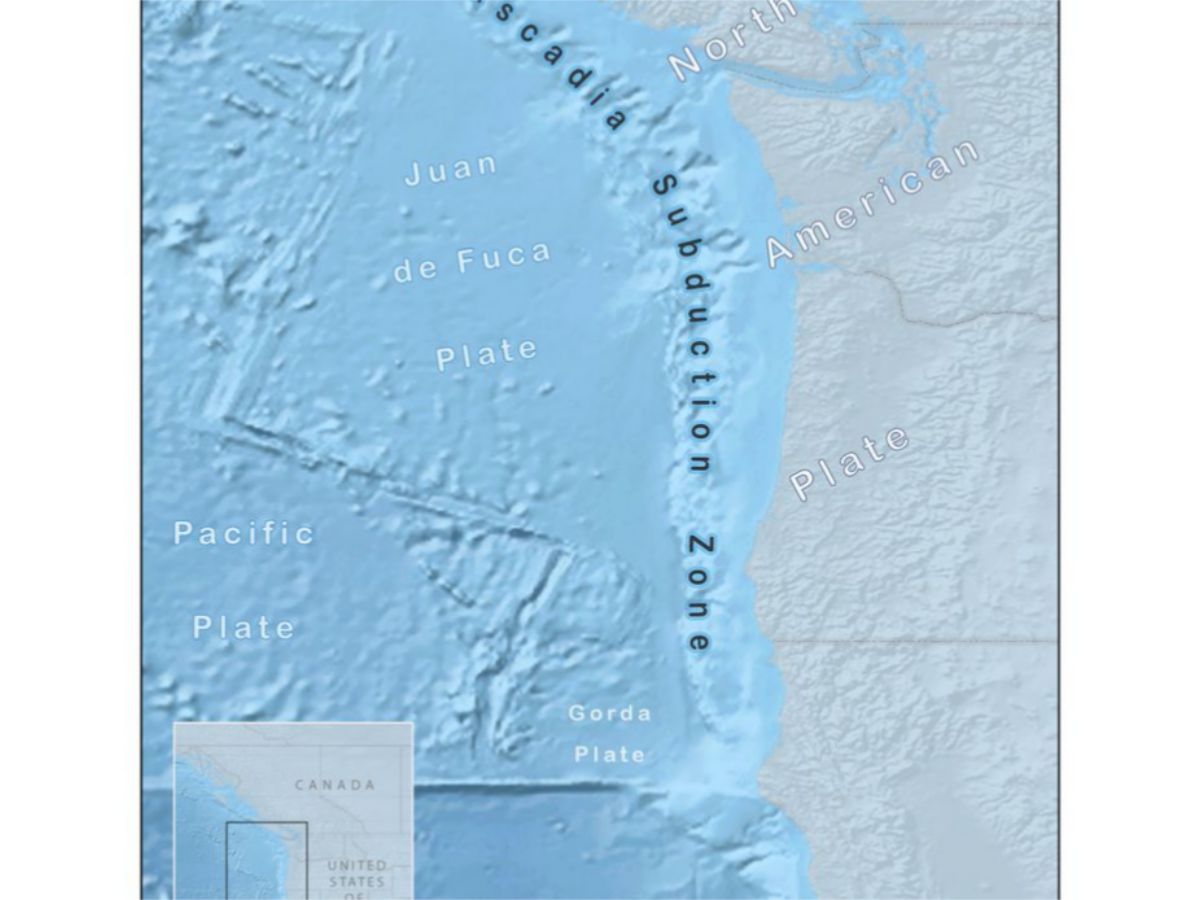
Source: Wikipedia
They say that the leak is a sign that the CSZ is building pressure. When this pressure builds, another earthquake will happen. The CSZ hasn’t caused an earthquake since 1700.
Oregon State Government Warns About the Impending Earthquake
Oregon is already warning residents about the impending earthquake. The government estimates that the fallouts from the earthquake would impact the state for two weeks.
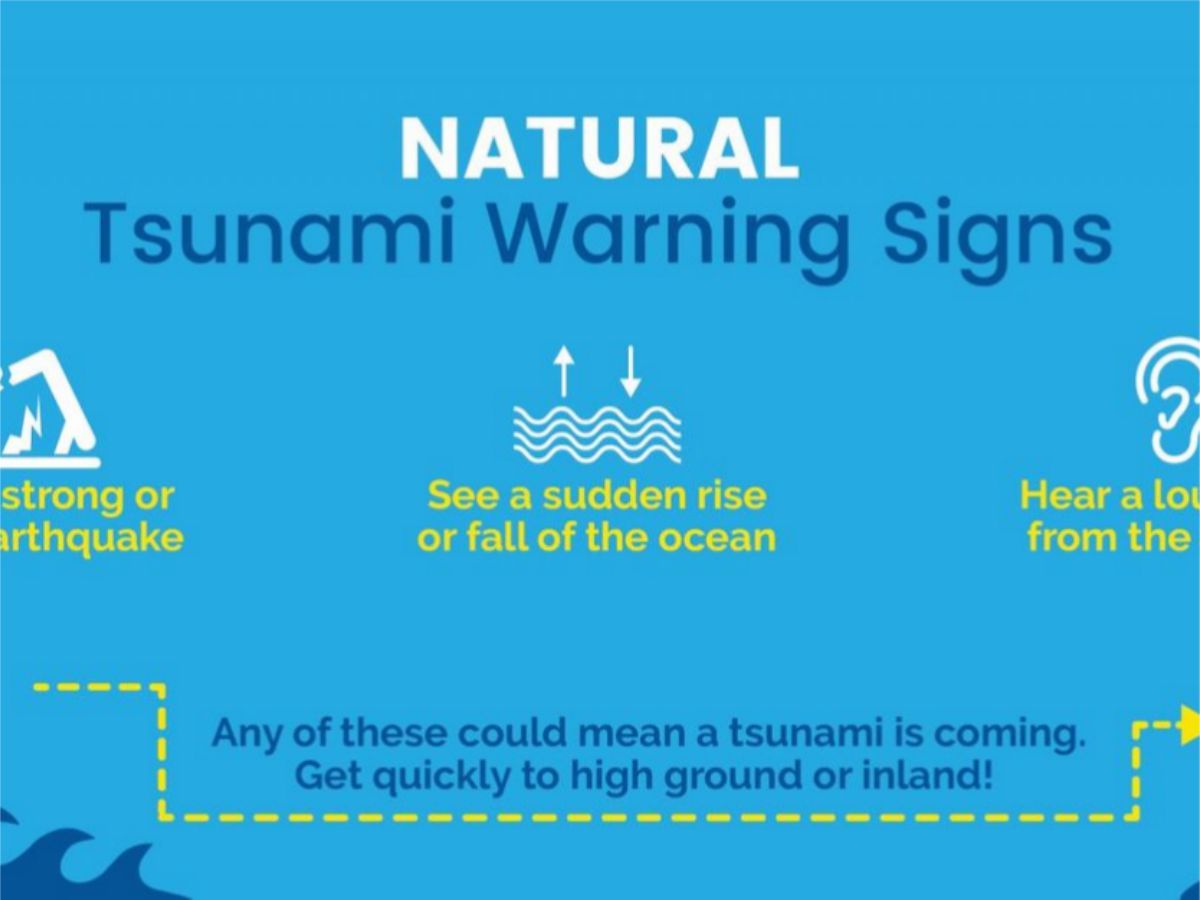
Source: NWSPortland/Twitter
Experts aren’t sure about the magnitude of the impending earthquake. University of Washington oceanographer Evan Solomon remarked that this kind of leak “has not been observed before.”
Less Fluid, More Pressure
Scientists say that as the fluid from the hole is reduced, the earthquake is drawing closer—less fluid from the hole means increased pressure. They also believe that there could be other holes along the CSZ yet to be found.

Source: dtboyd/Twitter
Meanwhile, experts continue to study this seep. Hopefully, more studies will reveal more details about the coming earthquake.
What is a “Megathrust” Earthquake?
The term “megathrust” is a term that has been associated with several earthquakes around the world. This word describes some of the highest-magnitude earthquakes the world has experienced.
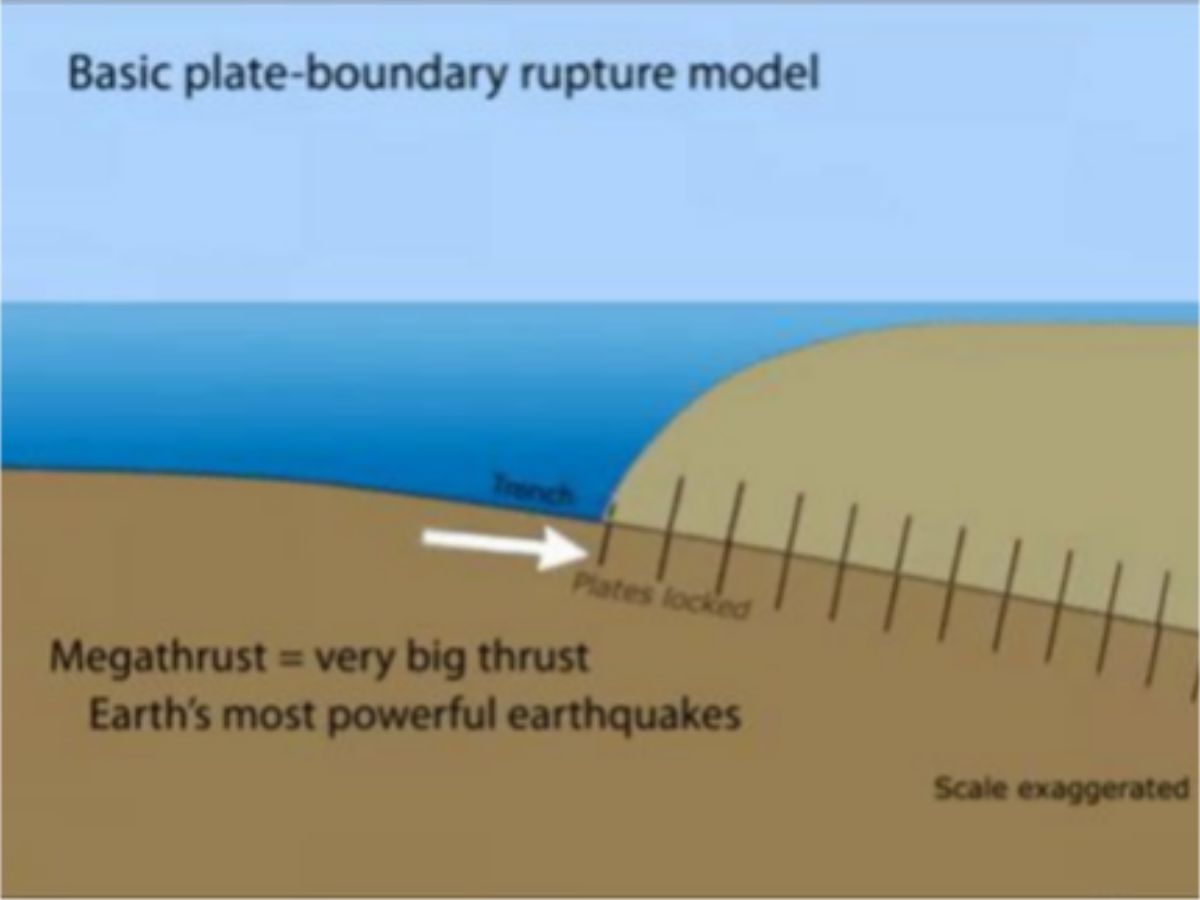
Source: EarthScope_sci/Twitter
The subduction zone earthquakes, which occur every 400 to 600 years, are in this category. Hence the urgency in preparation and the heavy attention the Pacific leak is attracting. These earthquakes have magnitudes 8.5 and above.
The M9 Project is Studying the CSZ
There is an urgent need for more study on the CSZ and the specifics of its next earthquake. Thankfully, some University of Washington researchers have led the charge.
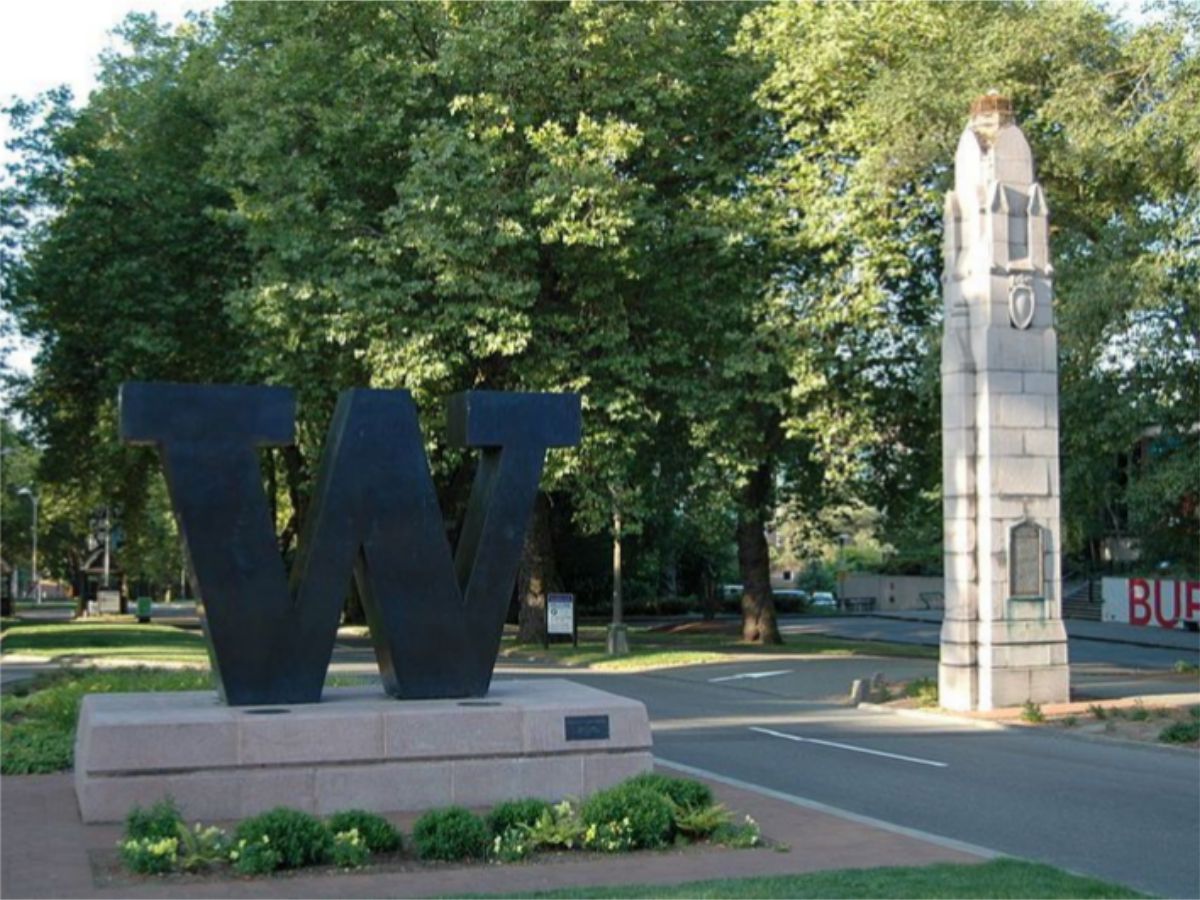
Source: Wikipedia
They have formed a team known as the M9 Project, which is dedicated to monitoring the capabilities of the next “big one.” For now, we wait on them to tell us what they know about the next CSZ earthquake, what we should expect, and how best we can prepare.
